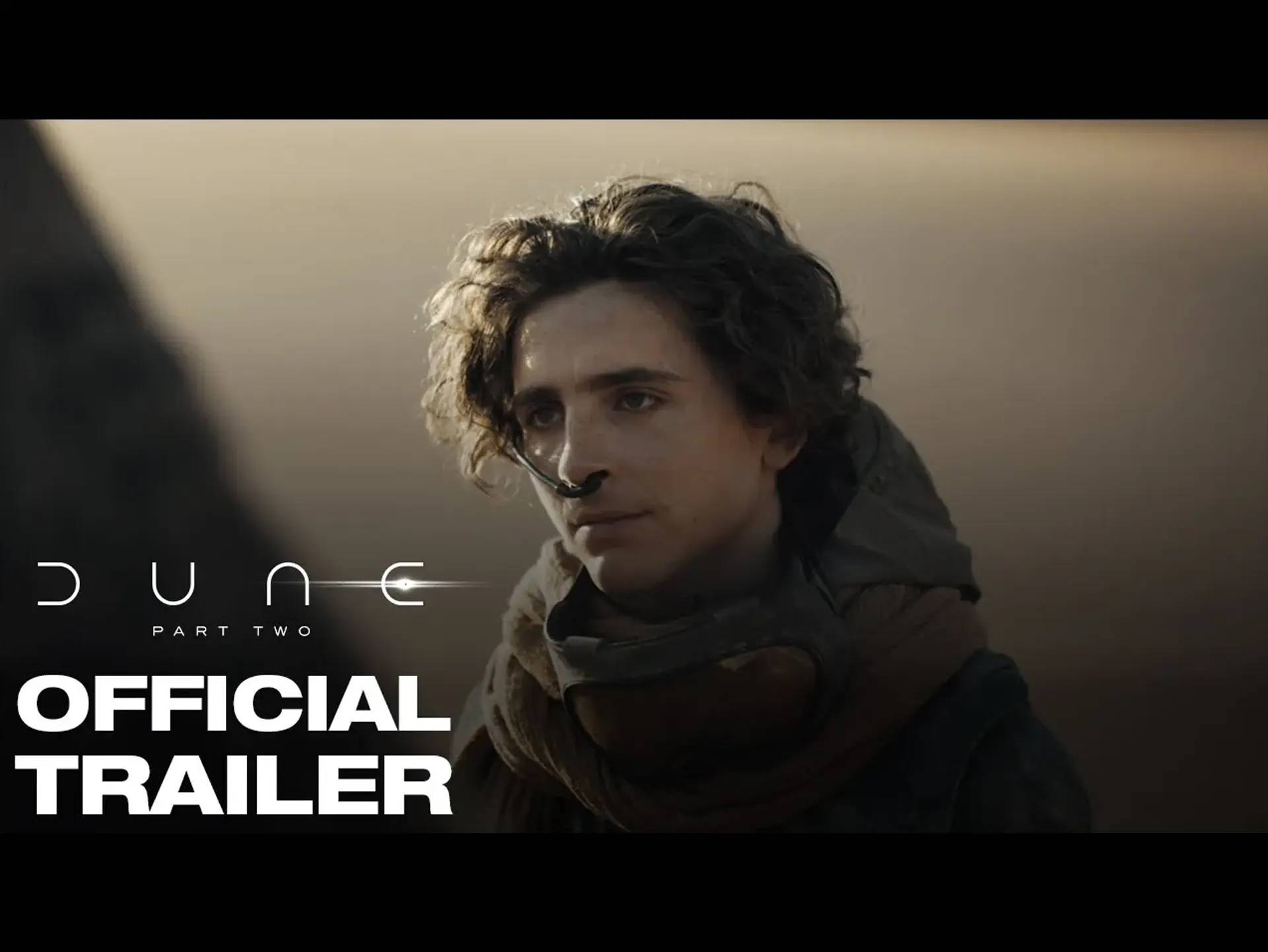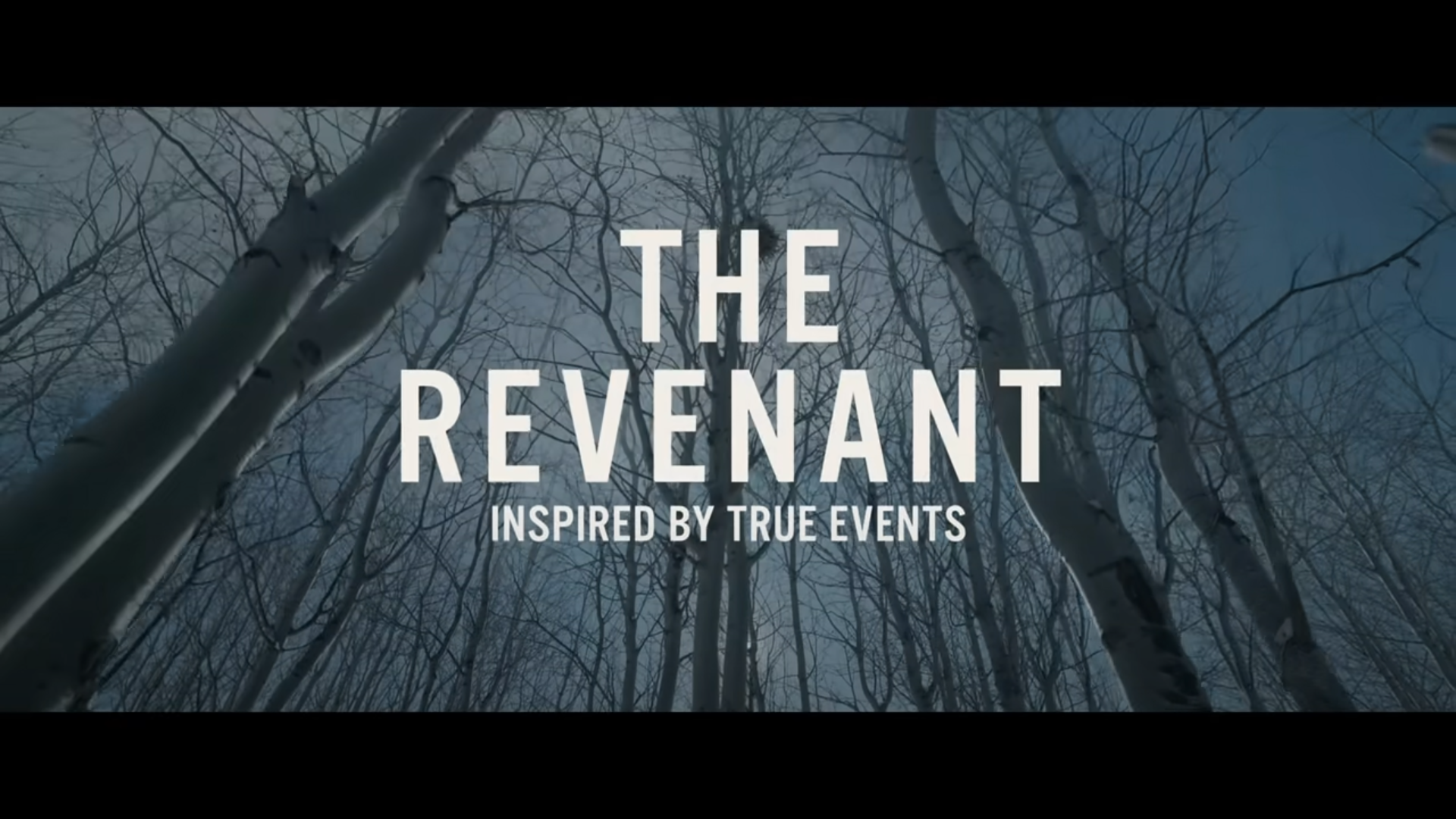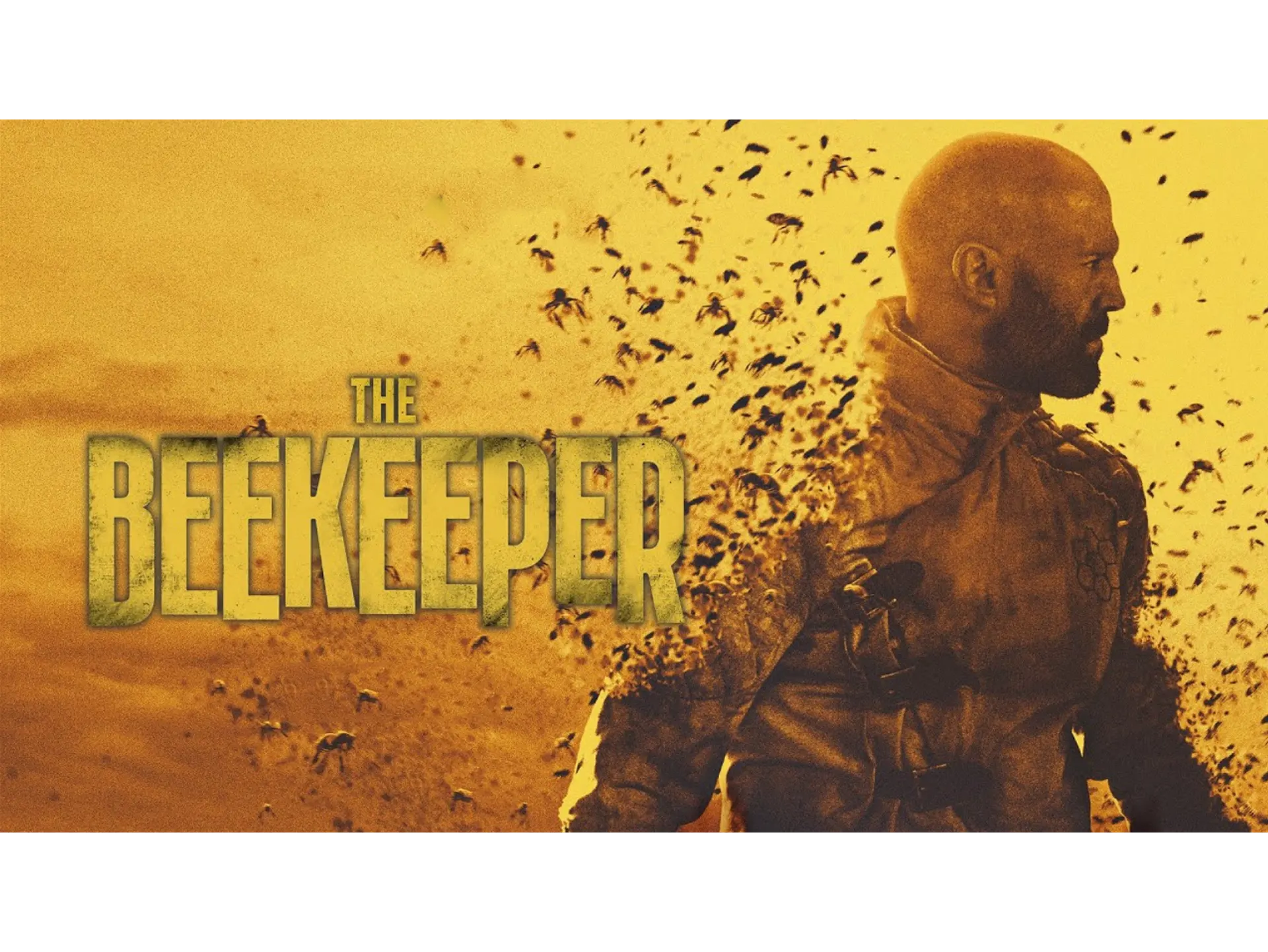Denis Villeneuve’s Dune: Part Two stands as a monumental achievement in science fiction filmmaking. This epic space opera continues Paul Atreides’ journey as he unites with the Fremen people to wage war against those who destroyed his family. With stunning visuals, powerful performances, and themes that explore power and faith, this film delivers an unforgettable cinematic experience that surpasses its predecessor in every way.
What Happens in Dune: Part Two?
Dune: Part Two picks up immediately where the first film ended. Paul Atreides and his mother Jessica have joined the Fremen, the desert warriors of planet Arrakis. After House Atreides was destroyed by the brutal House Harkonnen, Paul must decide his destiny while living among the Fremen people. The story follows his transformation from a young man seeking revenge into a potential leader who could change the fate of the entire universe.
Paul forms a deep connection with Chani, a fierce Fremen warrior who questions whether he truly is the prophesied savior her people have been waiting for. Meanwhile, the religious leader Stilgar believes Paul is the chosen one destined to lead the Fremen to freedom. As Paul learns their ways and passes their tests, he takes on the tribal name Muad’Dib and vows vengeance against the Harkonnens responsible for his father’s death.
On another planet, Emperor Shaddam IV and his daughter Princess Irulan watch the events on Arrakis unfold. The Emperor had secretly orchestrated the destruction of House Atreides, making him another target on Paul’s list. The political intrigue extends across galaxies as various houses and factions maneuver for control of Arrakis and its precious resource: spice. This valuable substance is essential for space travel and is found nowhere else in the universe, making Arrakis the most important planet in existence.
How Does the Cast Perform in This Film?
The performances in Dune: Part Two elevate the film beyond typical blockbuster fare. Timothée Chalamet delivers a career-defining performance as Paul Atreides. He masterfully portrays Paul’s evolution from an uncertain young man into a charismatic but increasingly dark figure. His performance captures the internal struggle of someone who sees a terrible future but feels powerless to prevent it. The role seems perfectly suited to Chalamet’s talents, allowing him to showcase both vulnerability and commanding presence.
Zendaya receives significantly more screen time compared to the first film, and she makes every moment count. Her portrayal of Chani brings strength, skepticism, and emotional depth to the story. She serves as the moral compass, constantly questioning the idea of fate and challenging Paul’s growing messianic status. The chemistry between Chalamet and Zendaya feels genuine and provides the film with its emotional core.
Austin Butler steals scenes as Feyd-Rautha, the sinister heir to House Harkonnen. His terrifying presence and physical transformation for the role create a villain who is both captivating and deeply unsettling. Rebecca Ferguson shines as Lady Jessica, delivering one of the year’s best performances as she transforms into a powerful religious figure among the Fremen. Her portrayal feels nefarious and complex, showing a mother willing to manipulate faith itself to secure her son’s future.
The supporting cast also excels in their roles. Javier Bardem brings unexpected humor as Stilgar while maintaining the character’s dignity and devotion. Josh Brolin, Stellan Skarsgård, and Dave Bautista continue their strong work from the first film. Newcomers Florence Pugh and Christopher Walken add gravitas as Princess Irulan and Emperor Shaddam IV, though their screen time remains limited. Each actor contributes to creating a lived-in universe that feels authentic and weighty.
What Makes the Visuals So Spectacular?
Dune: Part Two is a visual masterpiece that demands to be seen on the largest screen possible. Director Denis Villeneuve and cinematographer Greig Fraser create images of breathtaking beauty and scope. The battle sequences are operatic in scale, with enormous ships bursting into flames and bodies falling from the sky. The Fremen warriors emerge from the desert sand like ghosts, using their knowledge of Arrakis to devastating effect against the technologically superior Harkonnen forces.
The film showcases the harsh beauty of the desert planet through stunning cinematography. Orange and ocher landscapes stretch endlessly across the screen, punctuated by massive sandworms that dwarf everything around them. When Paul finally rides a sandworm, the sequence delivers the iconic moment fans have been waiting for. The IMAX format particularly enhances these visuals, with the taller aspect ratio allowing viewers to fully appreciate the enormity of this severe yet beautiful universe.
The production design brings Frank Herbert’s world to life with meticulous attention to detail. The stillsuits worn by the Fremen look functional and weathered. The architecture of different houses reflects their cultures and values. The Harkonnen homeworld appears in stark black and white with an infrared quality that makes the scenes there feel alien and nightmarish. Every frame demonstrates the care and thought put into visualizing this complex universe.
Hans Zimmer’s score complements the visuals perfectly, creating an immersive soundscape that makes viewers feel part of every scene. The music blends otherworldly sounds with powerful orchestral moments. Zimmer composed over ninety minutes of music before filming even began, giving Villeneuve inspiration during the writing process. The combination of spectacular visuals and haunting audio creates a truly immersive cinematic experience that transports audiences to another world.
Does It Stay True to Frank Herbert’s Novel?
Villeneuve demonstrates deep respect for Frank Herbert’s source material throughout Dune: Part Two. The film captures the novel’s complex themes about power, religion, and colonialism while making them accessible to modern audiences. Unlike David Lynch’s 1984 adaptation, which was ambitious but ultimately unsuccessful, Villeneuve’s version finds the right balance between faithfulness and cinematic storytelling. The decision to split the novel into two films allows proper development of the intricate plot and numerous characters.
The screenplay handles the book’s religious and political themes with nuance. Paul’s journey isn’t presented as a traditional hero’s tale but rather as a cautionary story about messianic worship and the dangers of religious fanaticism. The film questions whether leadership by an outsider from another culture serves the best interests of the Fremen people. These themes feel particularly relevant to contemporary audiences, adding depth beyond the surface-level spectacle.
Some changes were made from the source material, particularly in the ending. These modifications appear designed to set up the planned third film while maintaining dramatic impact. The relationship between Paul and Chani receives more emphasis than in the book, providing an emotional anchor for general audiences. Lady Jessica’s transformation into a religious figure feels more sinister in the film, adding complexity to her character.
Book fans appreciate how the film captures the spirit and atmosphere of Herbert’s work. The world-building feels authentic, from the Fremen culture to the political machinations of the great houses. Technical terms and concepts from the novel are used naturally without requiring excessive explanation. While reading the book enhances understanding, the film stands on its own merits and tells a complete story that newcomers can follow and enjoy.
How Does It Compare to Part One?
Dune: Part Two significantly improves upon its predecessor in multiple ways. The first film felt like setup, introducing the world and characters but ending before the story truly began. This sequel delivers the payoff that audiences were promised. The stakes feel much higher as Paul’s choices carry consequences that extend across the entire universe. The pacing moves from the measured introduction of Part One to a more urgent and action-packed narrative.
The action sequences receive a major upgrade in scope and execution. While the first film featured one memorable battle scene, Part Two includes several spectacular set pieces. The Fremen ambushes against Harkonnen forces showcase guerrilla warfare tactics. The climactic battles near the end deliver the epic scale that the story demands. These sequences never feel gratuitous but instead serve the story and character development.
Character development receives more focus in the sequel. Paul’s internal struggle between his love for Chani and his destiny creates genuine emotional tension. The relationship between Paul and his mother grows more complex and unsettling as Jessica pushes her son toward a path he fears. Even supporting characters like Stilgar undergo meaningful development as their faith is tested and rewarded in unexpected ways.
The first film worked primarily as world-building and atmosphere. Part Two maintains that stunning visual style while adding humor, romance, and philosophical depth. The combination of darkness and earned triumphant moments recalls The Empire Strikes Back, widely considered the best Star Wars film. Both films dare to take their heroes to dark places while setting up even greater conflicts to come. This willingness to embrace complexity elevates Part Two above standard blockbuster sequels.
What Are the Film’s Weaknesses?
Despite its many strengths, Dune: Part Two has some notable flaws. The nearly three-hour runtime occasionally drags, particularly in the middle section. Some viewers feel the film becomes repetitive as Paul goes through similar tests and battles to prove himself to different Fremen groups. The deliberate pacing that serves the story also means some sequences feel longer than necessary.
Character development suffers in places due to the compressed timeline. Important motivations change quickly without enough time for audiences to understand the reasoning. Paul’s transformation from reluctant messiah to embracing his role happens somewhat abruptly. Some viewers wish for more insight into Paul’s thoughts and internal struggle. The film shows his visions of a terrible future but doesn’t fully explore his emotional response to that knowledge.
The editing style takes adjustment, with scenes sometimes cutting away before moments feel fully resolved. This keeps the story moving but can create a sense of disconnection. Some plotlines receive minimal attention, particularly those involving the Emperor and Princess Irulan. These characters appear briefly but don’t receive enough development to make their presence truly impactful. The film juggles many storylines across multiple planets, and not all receive equal attention.
The lack of joy or lighter moments makes the film feel emotionally heavy throughout. While this matches the serious tone of Herbert’s novel, some viewers find the relentless grimness exhausting. Occasional comic relief from Stilgar provides brief respite, but the overall atmosphere remains bleak. Additionally, the expanded cast introduced in Part Two lacks diversity compared to the first film, which featured a more inclusive ensemble among House Atreides members.
Is It Accessible to Newcomers?
Dune: Part Two manages to be accessible despite its complexity. Viewers who haven’t seen the first film will miss important context and character backgrounds. However, the screenplay includes enough reminders and explanations that newcomers can follow the basic story. Princess Irulan serves as a narrator at points, explaining political developments in ways that help audiences track the interplanetary intrigue.
Those who watched Part One but don’t remember every detail shouldn’t worry. The film quickly reestablishes the key relationships and conflicts without excessive exposition. The core story of Paul seeking revenge against the Harkonnens while grappling with his potential destiny remains clear throughout. The Fremen culture and their struggle for freedom from oppressors comes through visually and thematically without requiring deep knowledge of the source material.
That said, the film rewards viewers who engage with its complexity. Understanding the Bene Gesserit sisterhood, the importance of spice, and the political relationships between houses enriches the viewing experience. Fans of the book or first film will catch nuances and references that casual viewers might miss. The themes about religious manipulation and the corruption of power work on multiple levels depending on audience engagement.
For the best experience, watching Part One first is highly recommended. The two films were designed as one complete story split into two parts. Together they create a satisfying arc that follows Paul from privileged young man to prophesied leader. The first film establishes the world and stakes that Part Two then explores and complicates. While Part Two can stand alone, it achieves its full impact as the conclusion of a larger narrative journey.
Should You Watch It in Theaters?
Dune: Part Two absolutely deserves to be experienced in theaters, particularly in IMAX format. The film was designed for the biggest possible screen, with the IMAX aspect ratio revealing additional visual information not visible in standard formats. The stunning desert landscapes, massive battle sequences, and towering sandworms demand to be seen at maximum size. Home viewing cannot replicate the immersive quality of seeing these images fill your entire field of vision.
The sound design also benefits enormously from theatrical presentation. Hans Zimmer’s powerful score and the intricate sound effects create an enveloping audio experience. The rumble of sandworms moving beneath the sand, the whoosh of ornithopters flying overhead, and the clash of combat all contribute to making viewers feel present in this world. High-quality theater sound systems deliver these elements with a depth and clarity that most home setups cannot match.
The communal aspect of theatrical viewing enhances the experience. Audiences have reported collective gasps at stunning visuals and satisfying story moments. The shared experience of watching Paul ride a sandworm or witnessing a particularly impressive battle creates a special energy. For a film of this scope and ambition, being part of an audience adds to the emotional impact in ways that watching alone at home cannot replicate.
However, the film remains impressive on any screen. Those unable to see it in theaters will still appreciate the performances, story, and visual artistry. The nearly three-hour runtime might actually feel more comfortable in a home setting where viewers can pause if needed. For the fullest appreciation of what Denis Villeneuve and his team accomplished, though, theatrical viewing represents the ideal way to experience Dune: Part Two.
Conclusion
Dune: Part Two stands as one of the great science fiction films of recent years. Denis Villeneuve successfully completed the challenging task of adapting Frank Herbert’s complex novel while maintaining both accessibility and depth. The film delivers spectacular visuals, powerful performances, and thought-provoking themes about power, faith, and destiny. While it has some pacing issues and emotional heaviness, these minor flaws don’t diminish the overall achievement.
The film proves that ambitious blockbuster filmmaking can combine artistic vision with mass entertainment. Villeneuve demonstrates what’s possible when studios support directors with a clear creative vision. The cast brings their A-game across the board, with Timothée Chalamet, Zendaya, and Austin Butler delivering particularly memorable work. The technical craftsmanship on display, from cinematography to production design to sound, represents the highest level of filmmaking.
For fans of science fiction, epic storytelling, or just exceptional cinema, Dune: Part Two is essential viewing. It improves upon an already strong first film while setting up an exciting conclusion to the trilogy. The film respects its audience’s intelligence while delivering the spectacle and entertainment that summer blockbusters promise. It’s a rare film that works both as populist entertainment and as serious artistic statement about relevant contemporary issues.
Whether you’re a longtime fan of Frank Herbert’s novels or someone completely new to Dune, Part Two offers a rewarding experience. It reminds us why people go to movie theaters in the first place: to be transported to another world and experience something larger than everyday life. In an era of increasingly formulaic blockbusters, Dune: Part Two dares to be different, complex, and challenging while remaining thoroughly entertaining.
Frequently Asked Questions
Do I need to read the book before watching Dune: Part Two?
You don’t need to read Frank Herbert’s novel to enjoy the film. While book knowledge enhances understanding of certain details and themes, the movie tells a complete story that stands on its own. Director Denis Villeneuve designed both films to be accessible to general audiences who haven’t read the source material. The screenplay includes enough context and explanation that viewers can follow the plot without prior knowledge of the Dune universe.
How long is Dune: Part Two and does it feel too long?
The film runs for two hours and forty-six minutes (166 minutes). Most viewers find that the time passes quickly due to the engaging story and spectacular visuals. However, some people feel the middle section drags slightly, with certain sequences feeling repetitive. The deliberate pacing serves the epic scope of the story, though those who prefer faster-paced action films might notice the length more than fans of slower, contemplative science fiction.
Will there be a Dune: Part Three?
Yes, Denis Villeneuve has confirmed plans for a third film that will adapt Frank Herbert’s second novel, Dune Messiah. The ending of Part Two sets up this continuation while still providing a satisfying conclusion to the current story arc. Villeneuve has expressed his love for Dune Messiah and his desire to complete Paul Atreides’ full journey. However, no official release date has been announced yet for the third installment.
Is Dune: Part Two appropriate for children?
The film is rated PG-13 for sequences of strong violence, some suggestive material, and brief strong profanity. While there’s no graphic gore, the violence can be intense, with battle scenes showing deaths and destruction. The themes about war, religious manipulation, and genocide might be too heavy for younger children. The film works best for teenagers and adults who can appreciate its complex storytelling and mature themes.
How closely does Part Two follow the book?
The film remains largely faithful to Frank Herbert’s novel while making some strategic changes for cinematic purposes. The core story beats and themes stay true to the source material. However, the ending differs from the book to better set up the third film. The relationship between Paul and Chani receives more emphasis than in the novel, and some characters’ arcs are compressed or adjusted. Overall, book fans appreciate how the film captures the spirit of Herbert’s work while making necessary adaptations for the screen.



